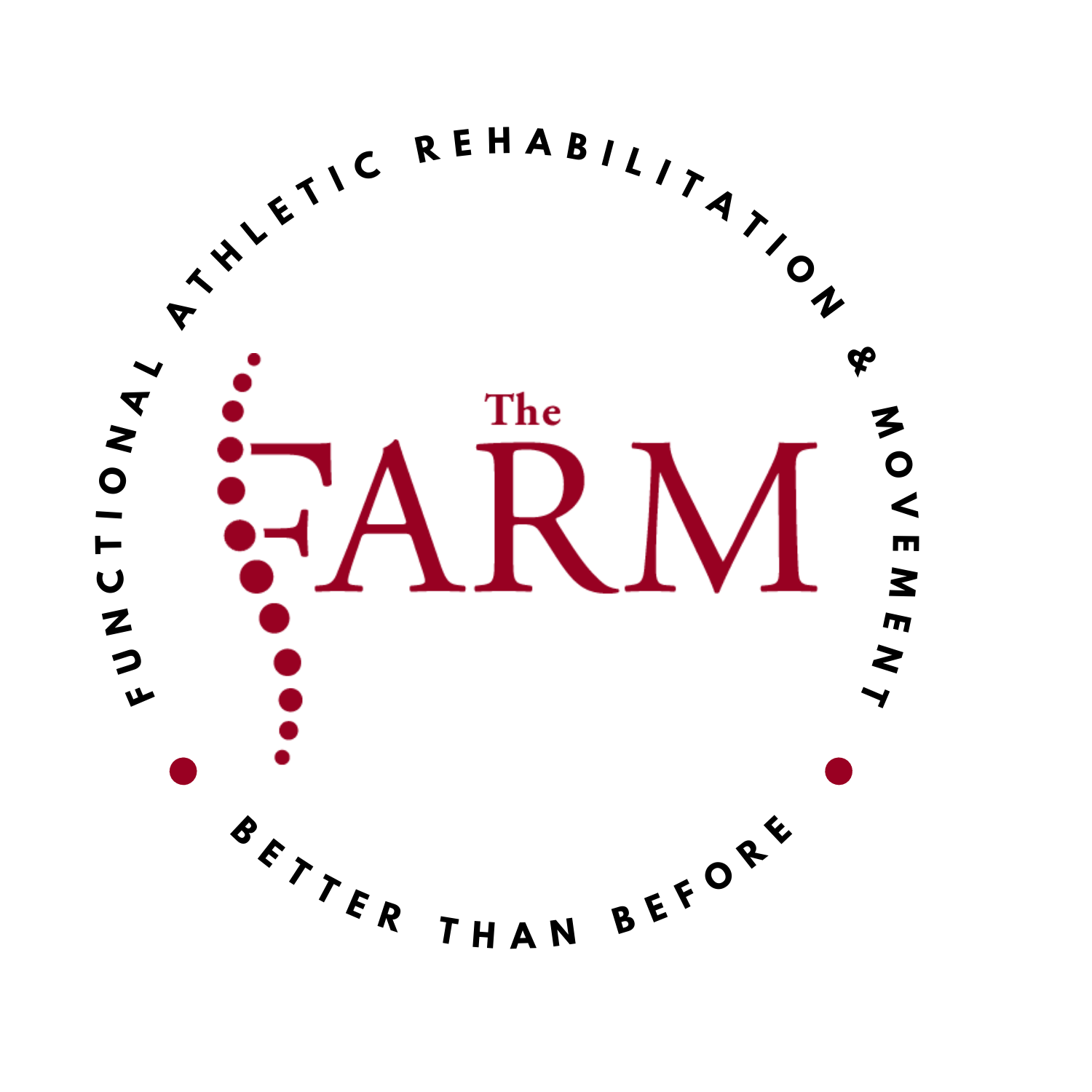Enhance Your Movement: Cervicothoracic Extension Strategy
The cervicothoracic junction (CT junction)—the transition from the cervical spine to the thoracic spine—often becomes a hidden bottleneck in both movement efficiency and long-term musculoskeletal health. When this region fails to extend properly, it leads to compensations such as cervical hyperextension, thoracic rigidity, forward head posture, and shoulder dysfunction. For athletes, clinicians, and everyday movers alike, improving cervicothoracic extension can be the difference between efficient, pain-free movement and chronic restriction.
Fortunately, combining Dynamic Neuromuscular Stabilization (DNS), chiropractic care, and strength and conditioning principles provides a comprehensive solution. This multidisciplinary approach restores mobility, rewires motor control, and builds the strength to sustain healthy posture and movement long-term.
Why Cervicothoracic Extension Matters
The CT junction (C7–T4) is uniquely loaded: it balances the mobility of the neck with the stability of the thoracic spine and rib cage. Dysfunction here limits extension and rotation of the spine, leading to:
Forward head posture and “tech neck.”
Shoulder impingement or restricted overhead mobility.
Excessive cervical extension during lifting, running, or sport.
Breathing inefficiencies due to rib cage mechanics.
Many patients and athletes present with “stiff necks” or “tight shoulders,” when the real culprit is restricted CT extension and poor segmental control.
Dynamic Neuromuscular Stabilization: Rewiring Motor Patterns
Dynamic Neuromuscular Stabilization (DNS), based on developmental kinesiology, helps restore ideal joint centration and spinal mechanics by revisiting fundamental movement patterns from infancy. DNS doesn’t just “stretch” the CT junction—it teaches the nervous system how to coordinate extension with proper diaphragmatic breathing and rib cage positioning.
Key DNS strategies for cervicothoracic extension:
3-Month Supine Position
Lie supine with hips and knees bent to 90°, feet on a wall.
Maintain a neutral neck while gently pressing the back of the head into the floor, elongating the spine.
Focus on 360° diaphragmatic breathing, which anchors the rib cage and prevents cervical hyperextension.
Prone 3-Month and 5-Month Positions
In prone support, encourage reaching and lifting with the upper extremities while maintaining a long cervical spine.
The goal is to activate deep neck flexors, scapular stabilizers, and thoracic extensors simultaneously.
Quadruped Rocking with Cervical Elongation
In all-fours, lengthen the crown of the head forward while gently extending through the upper thoracic spine.
Rock back and forth while maintaining rib control and neutral cervical alignment.
Through these drills, the brain relearns how to access extension without hinging excessively at the cervical spine—a crucial motor skill for athletes performing overhead lifts, runners maintaining posture, or office workers combating postural strain.
Chiropractic: Clearing Roadblocks
While DNS retrains motor control, structural restrictions often need to be addressed first. This is where chiropractic interventions shine.
Chiropractic adjustments for the CT junction can restore motion in restricted segments, reduce joint adhesions, and decrease nociceptive input that interferes with motor learning. By specifically targeting hypomobile areas in the cervicothoracic spine and upper ribs, chiropractors “clear the roadblocks” so the nervous system can adopt more efficient movement strategies.
In addition, soft tissue work around the cervical paraspinals, scalenes, suboccipitals, and upper thoracic musculature reduces tone that limits extension. When combined with DNS drills, adjustments provide both the structural freedom and the neural clarity needed for sustainable improvement.
Strength and Conditioning: Building Durable Extension
Once mobility and motor control are restored, strength training ensures that improved CT extension is durable under load. Too often, athletes can demonstrate extension in rehab but lose it when they return to barbells, kettlebells, or sport-specific demands. Strength and conditioning principles cement these patterns.
Strength strategies for cervicothoracic extension:
Loaded Carries (e.g., Farmer’s or Waiter’s Carries)
Emphasize tall posture, rib cage stacked over pelvis, and a long cervical spine.
The load challenges postural endurance, forcing the athlete to maintain cervicothoracic extension dynamically.
Front Squat or Zercher Squat
These lifts demand thoracic extension under load. Cue athletes to “show the logo on their shirt” without cranking the neck back.
Prone Y/T/W Holds
With light weights or no load, athletes lift arms into Y, T, or W positions while keeping cervical alignment long. This strengthens scapular stabilizers and thoracic extensors simultaneously.
Landmine Pressing
Pressing from a landmine setup integrates scapular upward rotation and thoracic extension without the excessive lumbar or cervical extension common in overhead presses.
The key is progressive overload while maintaining DNS principles: neutral cervical spine, stacked rib cage, and coordinated breathing.
Practical Integration
Improving CT extension requires sequencing interventions strategically:
Assess and Mobilize – Chiropractic adjustments and soft tissue work to restore baseline motion.
Repattern – DNS drills to retrain the nervous system and integrate breathing with extension.
Strengthen and Load – Strength and conditioning to reinforce patterns under stress.
For example, a patient with shoulder impingement may begin with chiropractic adjustments to the T2–T4 region, follow with DNS quadruped rocking to re-establish thoracic extension with cervical neutrality, and then progress to loaded carries and landmine presses in the gym.
The Long-Term Payoff
When cervicothoracic extension is optimized, the benefits ripple outward:
Neck and shoulder pain reduction.
Improved overhead mobility and strength.
More efficient breathing mechanics.
Better postural endurance for athletes and professionals alike.
By combining DNS, chiropractic, and strength principles, we don’t just chase temporary relief—we create sustainable, resilient movement.
Final Thoughts
The cervicothoracic junction may be overlooked in traditional rehab or training, but its role in spinal extension, posture, and shoulder health is undeniable. DNS provides the software update, chiropractic care frees the hardware, and strength training builds the long-term durability.
The result? A spine that extends with efficiency, shoulders that move with freedom, and an athlete—or patient—who feels more resilient in both sport and life.

